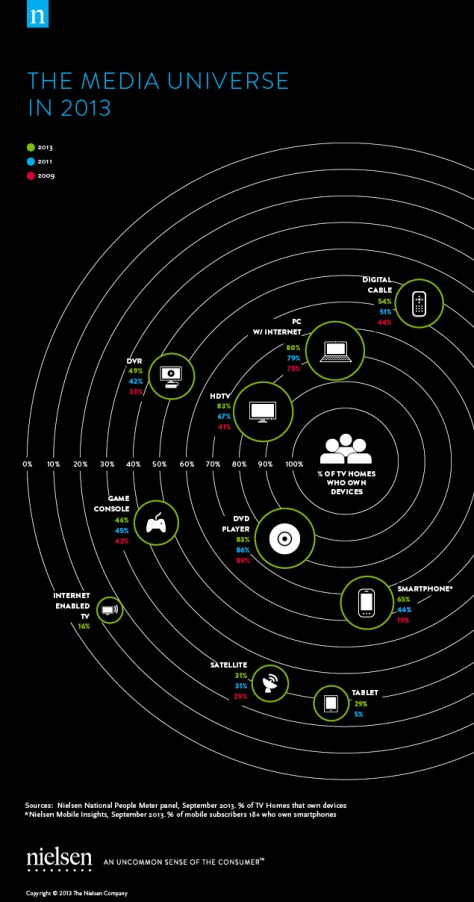If it seems like Harry and Meghan have taken over your social media feeds, or you’ve been sucked in to the wall-to-wall news coverage about the Royal Wedding, you’re not alone. No matter whether you live in the U.K., commonwealth countries, or even in the U.S.A., it feels like the whole world is on edge for the Windsor family’s next wedding. You might even call it the most anticipated wedding since Robb Stark married Talisa (although hopefully with a happier ending).
And this is nothing new – back in 2011 I used Nielsen’s analytics tools to measure media buzz about Harry’s older brother Prince William marrying the future Duchess of Cambridge, Kate Middleton. Surprisingly we found that American news outlets covered that Royal Wedding more frequently than their UK or Commonwealth counterparts. Back then William was most mentioned in social media, except in the UK where Brittons were abuzz about the people’s princess. Overall Americans made the most noise about the Royal Wedding in social media, although Brittons had a higher share-of-voice on the topic, which seemed to be on everyone’s mind up to the big day.
It seems like history is repeating itself for Prince Harry, so I thought it might be fun to take one last look back at the first Royal Wedding of the social media age: Continue reading Watch the throne: Who takes the media crown during royal weddings?




